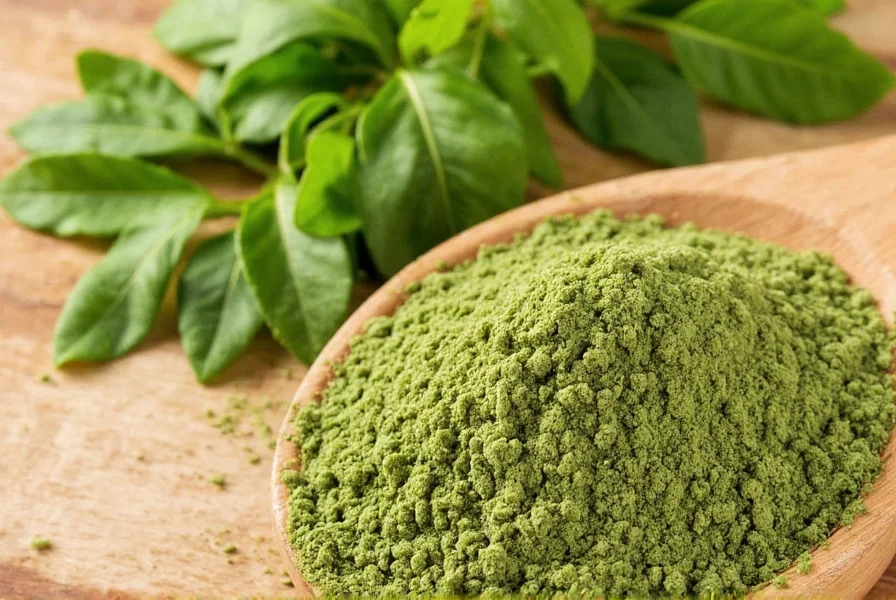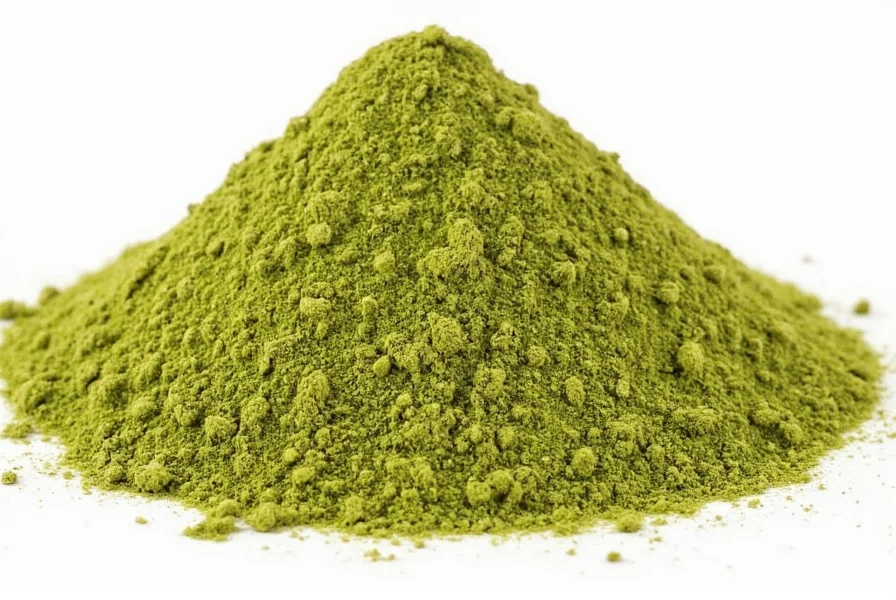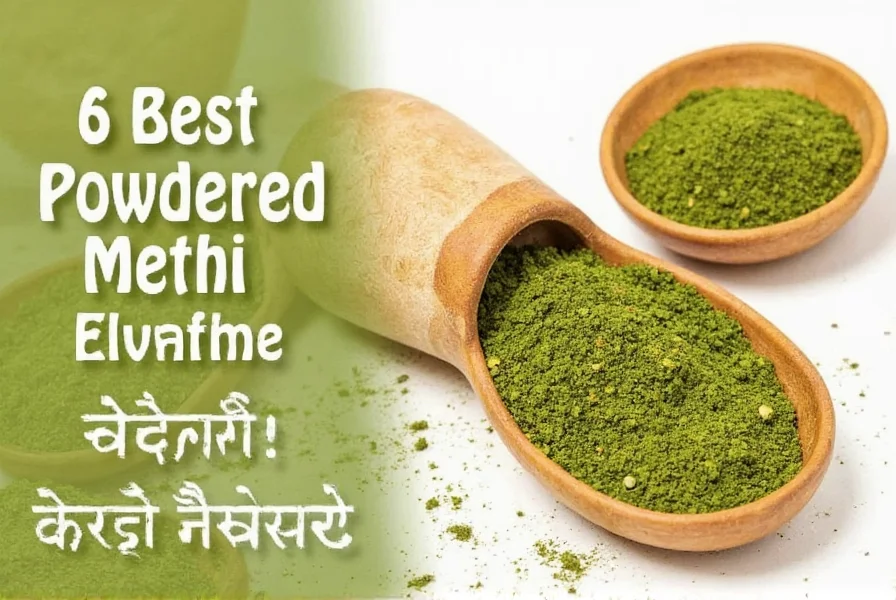Powdered methi has been valued for centuries across multiple cultures for both culinary and wellness applications. The transformation of whole fenugreek seeds into powder increases surface area, potentially enhancing the bioavailability of certain compounds while making it more convenient to incorporate into various dishes and preparations.
Nutritional Composition of Powdered Methi
Fenugreek powder contains a complex nutritional profile that contributes to its traditional uses. A single tablespoon (approximately 6 grams) typically provides:
| Nutrient | Amount per Tbsp (6g) | Percentage of Daily Value |
|---|---|---|
| Calories | 20 kcal | 1% |
| Dietary Fiber | 2.5g | 9% |
| Protein | 1.5g | 3% |
| Iron | 0.8mg | 4% |
| Magnesium | 13mg | 3% |
| Manganese | 0.1mg | 4% |
Beyond basic nutrition, powdered methi contains specialized compounds including saponins, flavonoids, and alkaloids that have been the subject of scientific research regarding potential health effects. The concentration of these compounds can vary based on growing conditions, processing methods, and storage.
Traditional Culinary Applications
Chefs and home cooks have incorporated powdered methi into recipes for generations. Unlike whole seeds which require soaking or cooking, the powder can be added directly to dishes. In Indian cuisine, it's commonly used in:
- Curry bases and masala blends
- Flatbreads like methi thepla
- Vegetable dishes such as aloo methi
- Tempering for dals and lentils
- Marinades for meats and vegetables
The powder's unique flavor profile—bitter when raw but developing nutty, maple-like notes when cooked—makes it valuable for creating complex taste experiences. When using powdered methi in cooking, many experienced cooks recommend dry roasting it briefly to mellow the bitterness before incorporating into dishes.

Research-Supported Health Considerations
Scientific studies have examined various potential benefits associated with fenugreek consumption. Research published in the Journal of Dietary Supplements suggests that fenugreek may support healthy blood sugar metabolism, particularly when consumed as part of a balanced diet. Other studies have explored its potential role in supporting lactation for breastfeeding individuals.
It's important to note that while traditional uses and preliminary research are promising, powdered methi should be viewed as a complementary dietary component rather than a treatment for medical conditions. The concentration of active compounds in culinary amounts differs significantly from therapeutic doses used in clinical studies.
Practical Usage Guidelines
For those interested in incorporating powdered methi into their routine, consider these practical recommendations:
- Culinary use: Start with 1/4 to 1/2 teaspoon in recipes to assess flavor tolerance
- Daily consumption: Traditional dietary patterns suggest 1-2 teaspoons per day as part of meals
- Preparation methods: Dry roast before use to reduce bitterness, or mix with honey for easier consumption
- Combination approaches: Pair with black pepper to potentially enhance absorption of certain compounds
When using powdered methi for specific wellness goals, consistency matters more than large single doses. Incorporating it regularly into meals provides more sustainable exposure to its compounds than occasional large servings.
Safety and Considerations
Powdered methi is generally recognized as safe when consumed in typical culinary amounts. However, certain considerations apply:
- May lower blood sugar levels, requiring monitoring for individuals taking diabetes medication
- Possible digestive discomfort when first introducing to diet
- Should be used with caution during pregnancy due to potential uterine stimulation effects
- May interact with blood-thinning medications
- Individuals with peanut or chickpea allergies may experience cross-reactivity
As with any dietary change, consulting with a healthcare provider is recommended, especially for those with existing health conditions or taking medications. The appropriate amount of powdered methi varies based on individual health status and goals.
Storage and Quality Preservation
To maintain the potency and flavor of powdered methi:
- Store in an airtight container away from light and moisture
- Keep in a cool, dark place (refrigeration extends shelf life)
- Use within 6-8 months for optimal flavor and compound retention
- Check for freshness by aroma—should have a distinctive nutty, slightly sweet scent

Exposure to heat, light, and air gradually degrades the volatile compounds responsible for both flavor and potential health benefits. Proper storage ensures you receive maximum value from your powdered methi.
Comparing Powdered Methi to Other Forms
While powdered methi offers convenience, understanding how it compares to other fenugreek preparations helps make informed choices:
- Whole seeds: Require soaking or extended cooking; milder flavor; longer shelf life
- Extracts: Concentrated forms used in supplements; standardized potency; less culinary versatility
- Leaves (kasuri methi): Different flavor profile; used as herb rather than spice
- Powdered form: Immediate usability; consistent distribution in dishes; faster compound release
Each form has unique advantages depending on the intended application. Powdered methi works particularly well when even distribution and quick incorporation are priorities.
Conclusion
Powdered methi represents a versatile culinary ingredient with a rich history of traditional use across multiple cultures. Its distinctive flavor profile enhances numerous dishes while potentially contributing valuable compounds to the diet. When incorporated thoughtfully into regular eating patterns, it can be part of a diverse, plant-forward approach to wellness. As with all natural ingredients, understanding proper usage, realistic expectations, and individual responses creates the most beneficial experience with powdered methi.
Frequently Asked Questions
What is the difference between methi seeds and powdered methi?
Methi seeds are the whole, dried fenugreek seeds, while powdered methi is made by grinding these seeds into a fine powder. The powder form offers more immediate flavor release and easier incorporation into dishes compared to whole seeds, which typically require soaking or extended cooking. Powdered methi also has greater surface area, potentially increasing the bioavailability of certain compounds but with a shorter shelf life than whole seeds.
How much powdered methi should I use daily for health benefits?
For culinary use, 1/4 to 1 teaspoon daily as part of meals is typical. Those using powdered methi specifically for potential wellness benefits often consume 1-2 teaspoons daily, either mixed in food or beverages. It's important to start with smaller amounts to assess tolerance and gradually increase. Consult with a healthcare provider before using larger amounts, especially if you have health conditions or take medications.
Can powdered methi help with blood sugar management?
Some research suggests fenugreek compounds may support healthy blood sugar metabolism as part of an overall balanced diet and lifestyle. However, powdered methi should not replace medical treatment for diabetes or blood sugar concerns. If you're monitoring blood sugar levels, consult your healthcare provider before adding significant amounts of powdered methi to your routine, as it may interact with diabetes medications.
Does powdered methi have any side effects?
When consumed in typical culinary amounts, powdered methi is generally well-tolerated. Some people may experience digestive discomfort when first introducing it. In larger amounts, it may cause lowered blood sugar, which requires monitoring for those with diabetes. It should be used with caution during pregnancy and may interact with blood-thinning medications. Individuals with peanut allergies may experience cross-reactivity due to botanical similarities.
How can I reduce the bitter taste of powdered methi?
Dry roasting powdered methi in a pan for 1-2 minutes before use significantly reduces bitterness while enhancing nutty, maple-like notes. Combining it with complementary flavors like tomato, lemon, honey, or spices such as turmeric and cumin also helps balance the flavor. In beverages, mixing with warm milk and honey creates a more palatable preparation. Starting with small amounts (1/4 teaspoon) and gradually increasing as your palate adjusts is another effective approach.











 浙公网安备
33010002000092号
浙公网安备
33010002000092号 浙B2-20120091-4
浙B2-20120091-4